157945
(4-Carboxybutyl)triphenylphosphonium bromide
98%
Sinonimo/i:
5-(Triphenylphosphonio)pentanoic acid bromide, Carboxybutyltriphenylphosphonium bromide, NSC 147756
About This Item
Prodotti consigliati
Livello qualitativo
Saggio
98%
Stato
powder
Impiego in reazioni chimiche
reaction type: C-C Bond Formation
Punto di fusione
204-207 °C (lit.)
Gruppo funzionale
carboxylic acid
phosphine
Stringa SMILE
[Br-].OC(=O)CCCC[P+](c1ccccc1)(c2ccccc2)c3ccccc3
InChI
1S/C23H23O2P.BrH/c24-23(25)18-10-11-19-26(20-12-4-1-5-13-20,21-14-6-2-7-15-21)22-16-8-3-9-17-22;/h1-9,12-17H,10-11,18-19H2;1H
MLOSJPZSZWUDSK-UHFFFAOYSA-N
Cerchi prodotti simili? Visita Guida al confronto tra prodotti
Applicazioni
- Used as a platform for delivery of pro-apoptotic peptides into the mitochondria of tumor cells
Reactant for preparation of:
- Ring skeletons via ring closing metathesis and double bond migration ring closing metathesis reactions
- Methyl alkenyl quinolones as antimycobacterial agents
- Prostaglandins and their drug analogs via Gold-catalyzed Meyer-Schuster rearrangement
- Diphenylmethylpiperazines as N-type calcium channel blockers as potential therapeutic agents
- Folate receptor-specific glycinamide ribonucleotide formyltransferase (GARFTase) inhibitors with antitumor activity
- Cycloalkylidene alkanols with antileishmanial activity, via Wittig reaction
Avvertenze
Danger
Indicazioni di pericolo
Consigli di prudenza
Classi di pericolo
Acute Tox. 3 Oral - Eye Dam. 1
Codice della classe di stoccaggio
6.1D - Non-combustible acute toxic Cat.3 / toxic hazardous materials or hazardous materials causing chronic effects
Classe di pericolosità dell'acqua (WGK)
WGK 3
Punto d’infiammabilità (°F)
Not applicable
Punto d’infiammabilità (°C)
Not applicable
Dispositivi di protezione individuale
dust mask type N95 (US), Eyeshields, Gloves
Scegli una delle versioni più recenti:
Certificati d'analisi (COA)
Non trovi la versione di tuo interesse?
Se hai bisogno di una versione specifica, puoi cercare il certificato tramite il numero di lotto.
Possiedi già questo prodotto?
I documenti relativi ai prodotti acquistati recentemente sono disponibili nell’Archivio dei documenti.
I clienti hanno visto anche
Il team dei nostri ricercatori vanta grande esperienza in tutte le aree della ricerca quali Life Science, scienza dei materiali, sintesi chimica, cromatografia, discipline analitiche, ecc..
Contatta l'Assistenza Tecnica.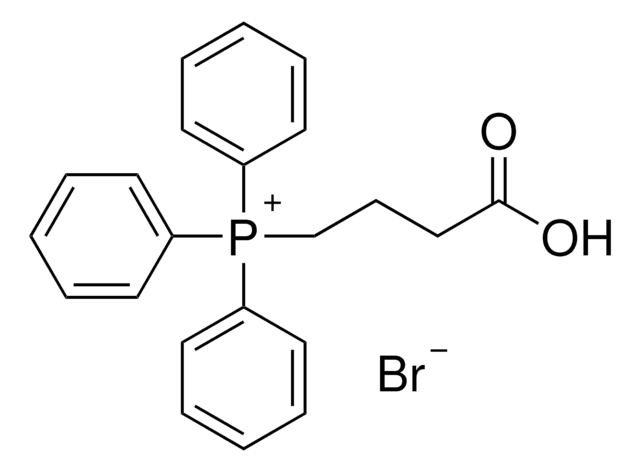
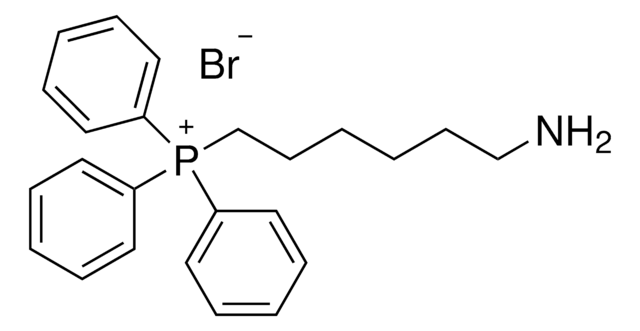
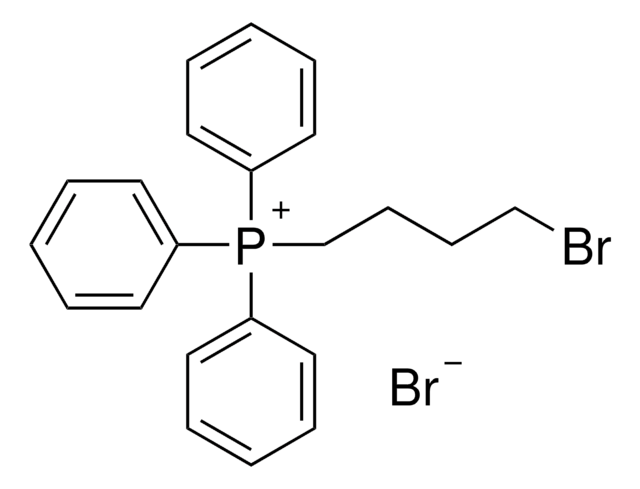
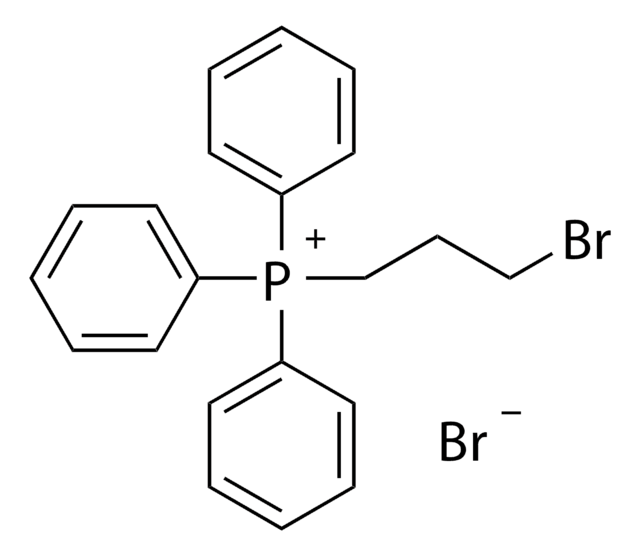
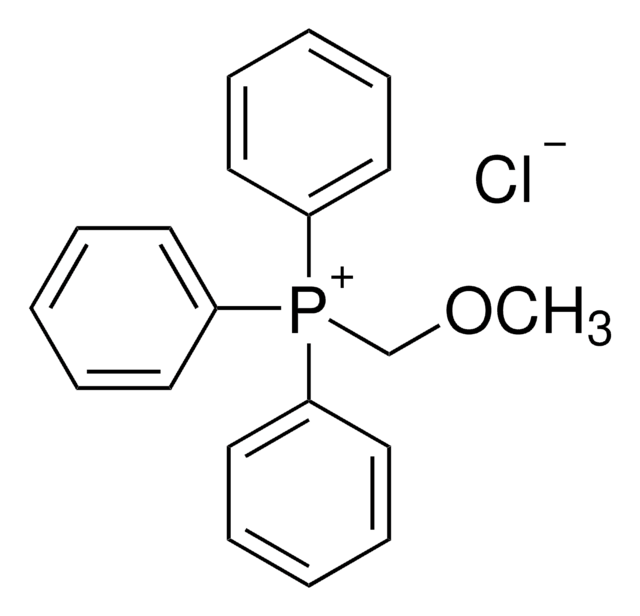
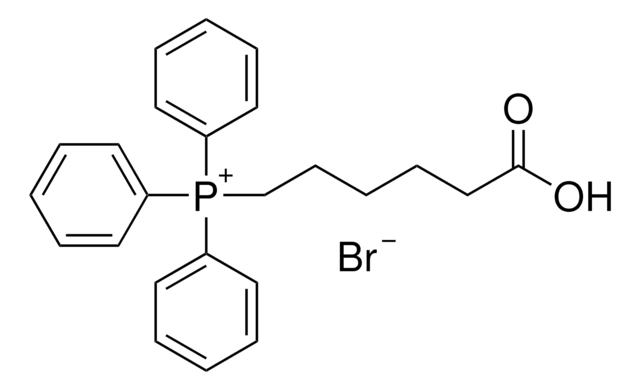
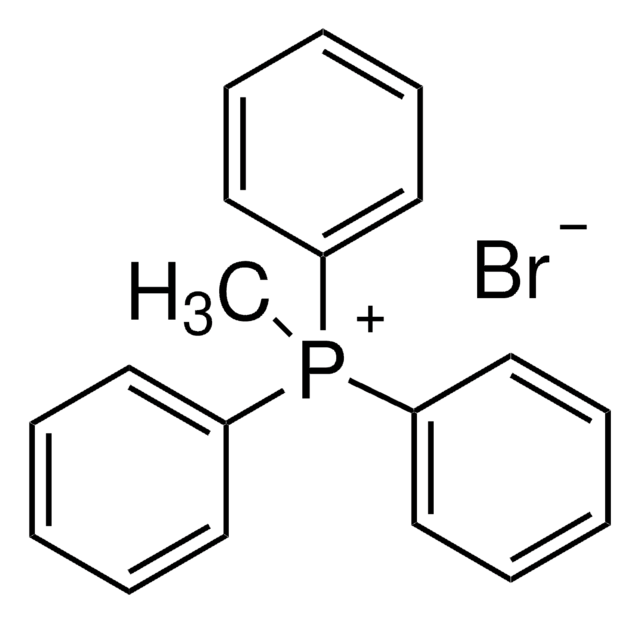

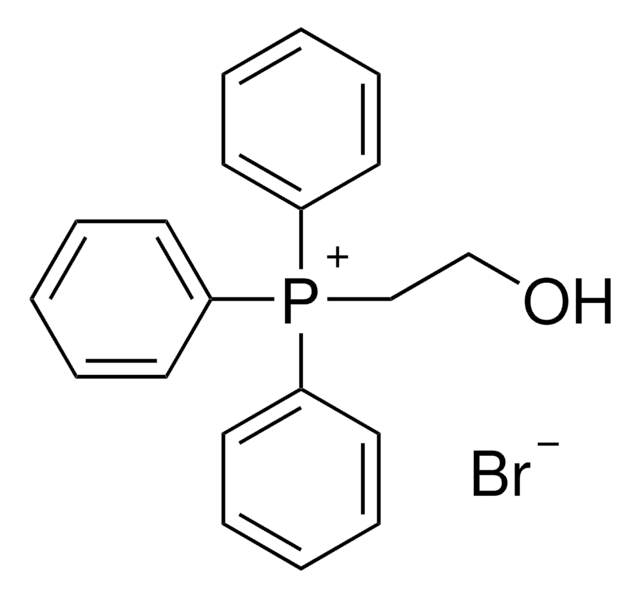



![2-[(Trimethylsilyl)ethynyl]benzaldehyde 97%](/deepweb/assets/sigmaaldrich/product/structures/977/954/5bc6c647-e9d2-4bf6-bf94-6ac20e3f476e/640/5bc6c647-e9d2-4bf6-bf94-6ac20e3f476e.png)